There can be your advertisement
300x150
8 Interesting Facts About Modern Danish Design
The happiest country in the world, where design investments are made at the state level, creates the most famous and in-demand interior items, furniture, and decor
Denmark has become one of the leading countries in design, giving the world numerous recognizable objects that are popular for decades. Simple, functional, and eco-friendly furniture and decor items continue to appear here regularly, surprising decorators from all over the world.
1. Danish Design Helps You Feel Happiness
Denmark has been considered the happiest country in the world for several years now, and according to the Danes themselves, much of this happiness depends on furniture. Creating soft and comfortable chairs that mimic body contours, lamps with gentle dimmed light, designers strive to follow the national idea of 'hygge' – maintaining an atmosphere of coziness and enveloping warmth.
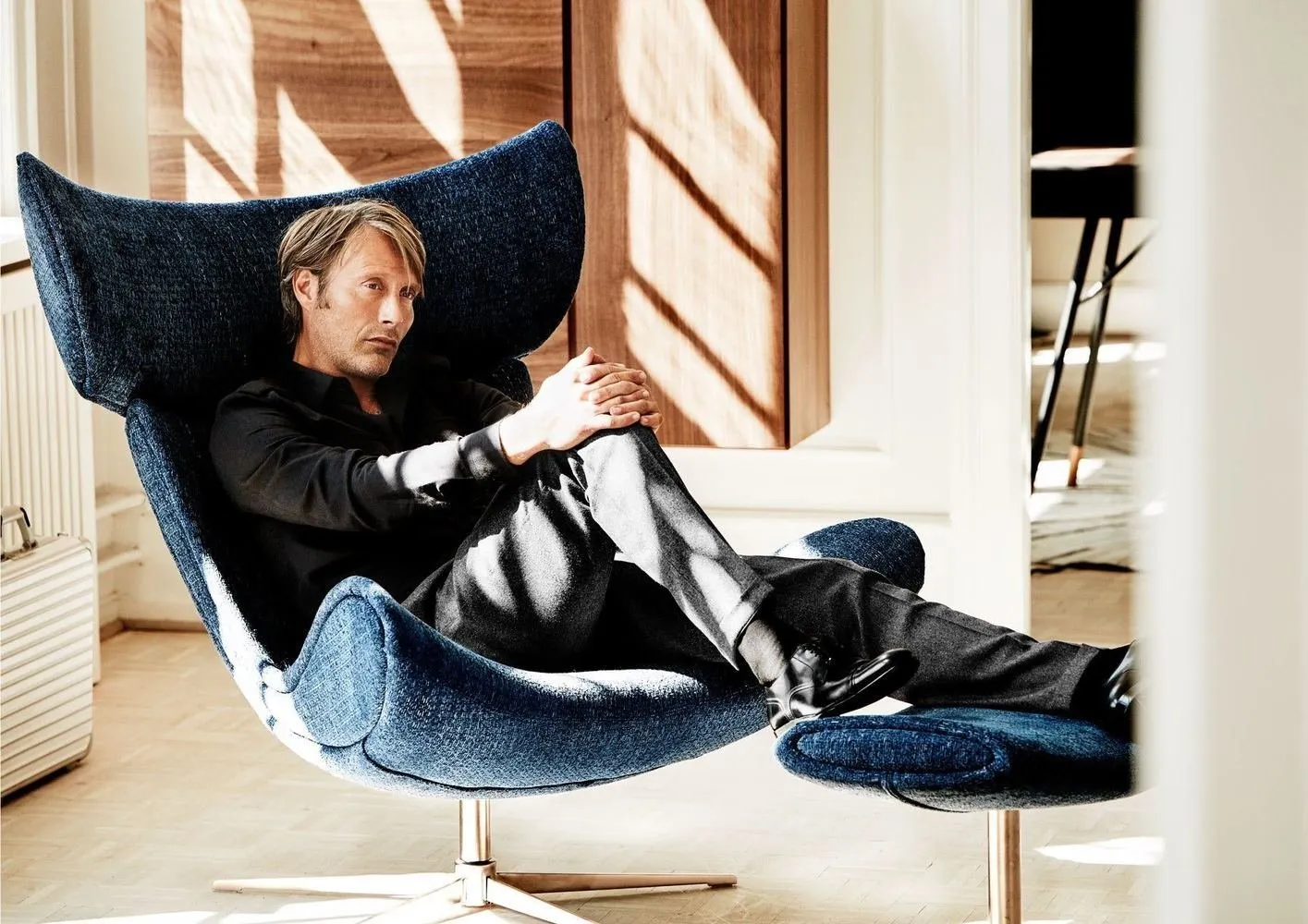 Actor Mads Mikkelsen from Denmark in the "Imola" chair by designer Henrik Pedersen from BoConcept
Actor Mads Mikkelsen from Denmark in the "Imola" chair by designer Henrik Pedersen from BoConcept2. State-Level Investments in Design
One of the most distinctive features of Danish design is the use of wood and other natural materials. The tradition of using eco-friendly furniture and decor items dates back to the 1920s-30s, when Denmark invested funds in the development of design at the state level and funded projects in general education schools with ergonomic and environmentally clean furniture.
 The Design Museum Library in Denmark
The Design Museum Library in Denmark3. The "Round Chair" - Hero of Kennedy-Nixon Debates
The symbol of "Golden Age" of Danish design is the "Round Chair" made of oak with a rattan seat. Designer Hans Wegner developed it in 1949 for the annual guild of woodworkers' exhibition. Love for this chair has not diminished to this day, and in 1960 it was on this very chair that U.S. presidential candidates John F. Kennedy and Richard Nixon sat during the most significant televised debates.
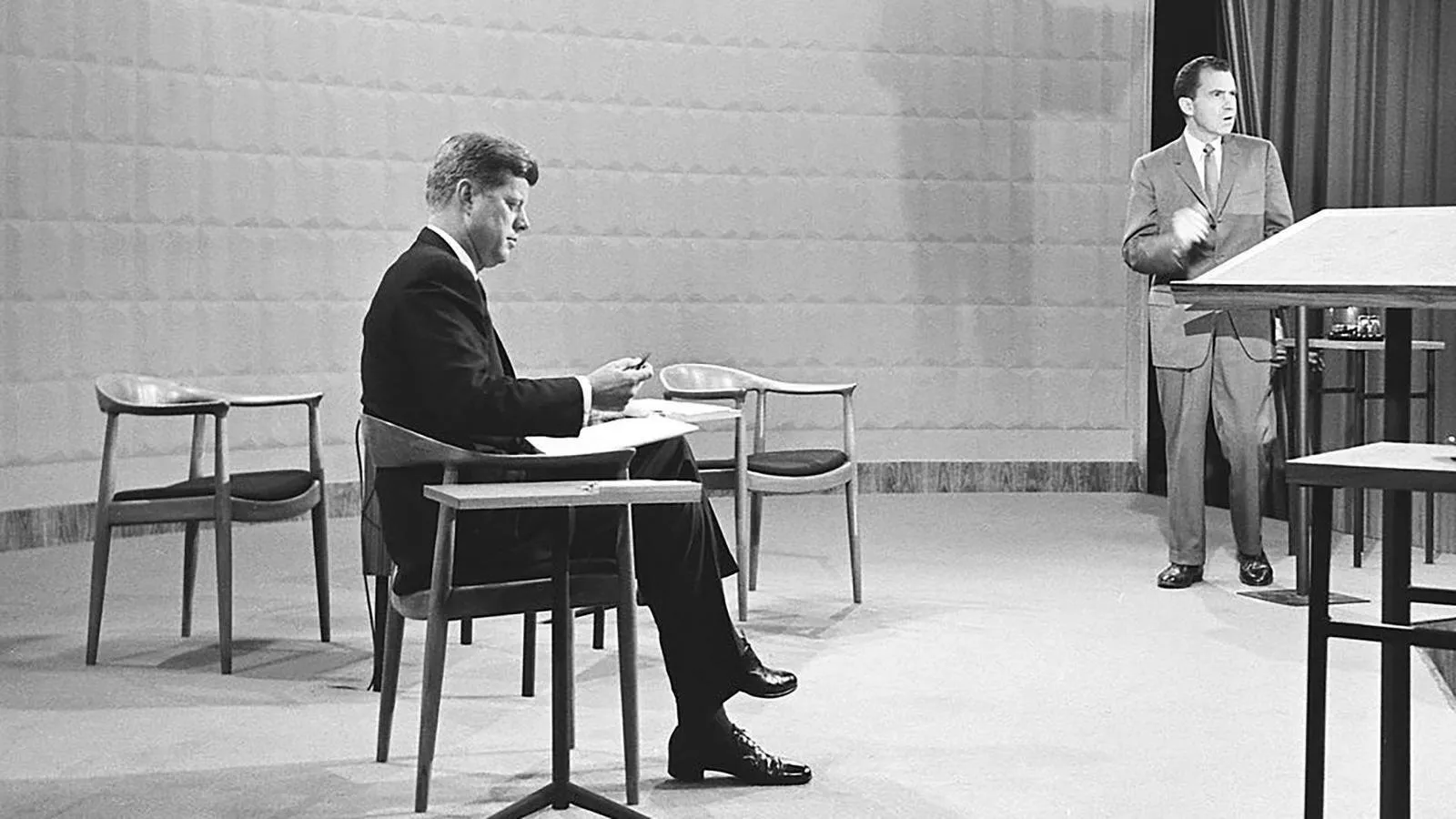 John F. Kennedy in Hans Wegner's "Round Chair" in 1960
John F. Kennedy in Hans Wegner's "Round Chair" in 19604. Artichoke Lamp – The Heart of Danish Interiors
Functional lamps with unusual forms have been the foundation of Danish design for centuries. Just consider the "Artichoke" chandelier by Poul Henningsen, designed in 1959! Its multi-layered construction allowed creating diffused light without glare, which Danes who value coziness love. The first "Artichokes" were made from polished stainless steel and lacquered copper. Modern eco-design enthusiasts create them from laminated birch bark petals.
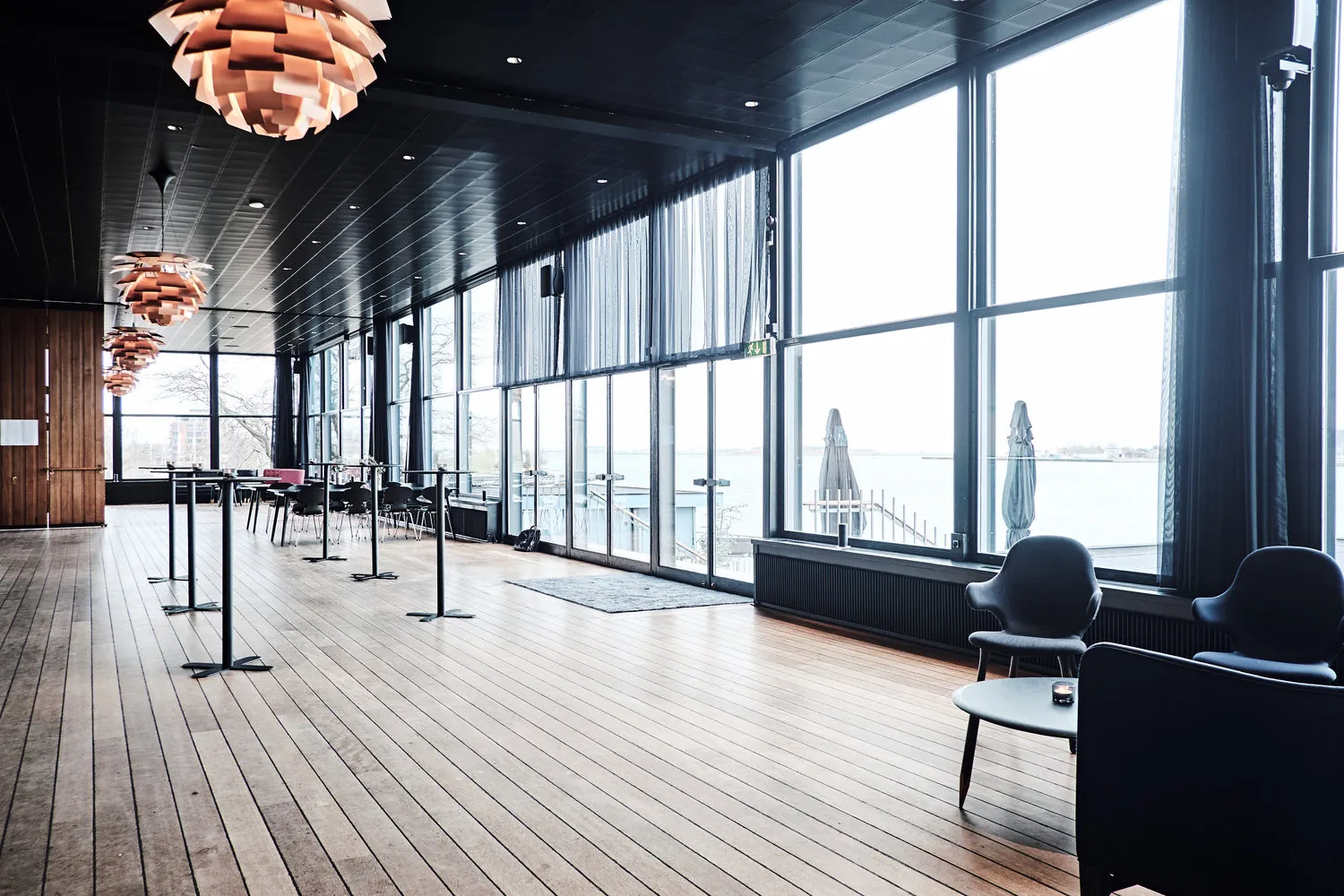 The first artichoke lamps adorned the interior of the famous Langelinie Pavillon restaurant in Copenhagen and still illuminate it today
The first artichoke lamps adorned the interior of the famous Langelinie Pavillon restaurant in Copenhagen and still illuminate it today5. Modern Danish Paintings Migrated to Walls from Sweaters
One of the most famous modern Danish companies involved in reviving traditional artistic painting techniques is Zilmer's – they used trompe l'oeil technique and drew inspiration from traditional Scandinavian sweater patterns for knitting. Now, recognizable mosaic-style patterns are applied to wallpapers, textiles, glass, carpets, and ceramics.
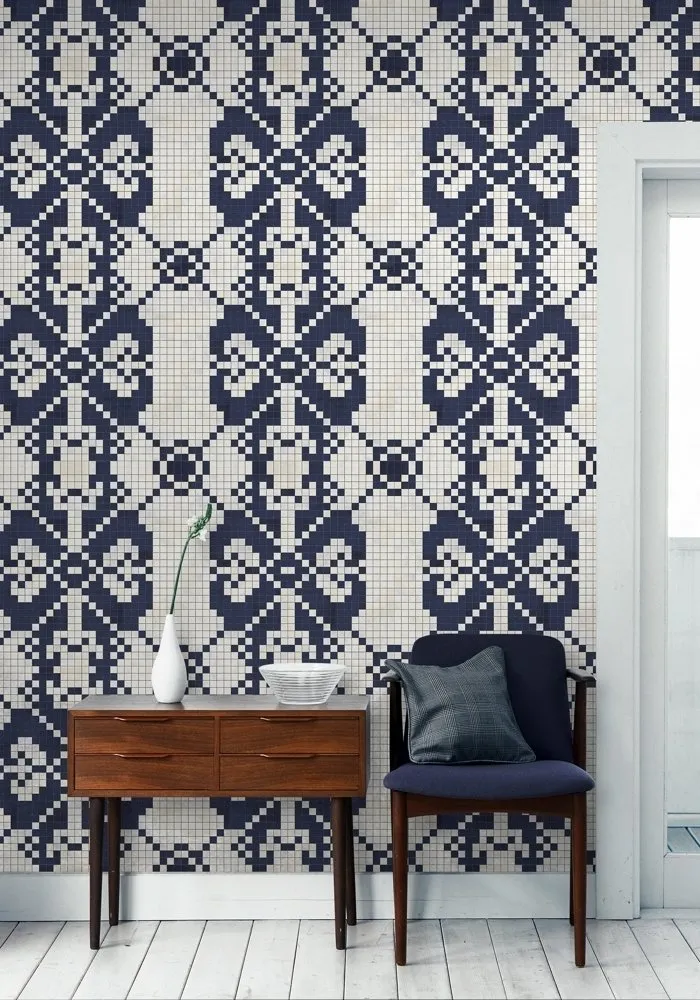 Patterns created by Zilmer's were inspired by Scandinavian sweater designs
Patterns created by Zilmer's were inspired by Scandinavian sweater designs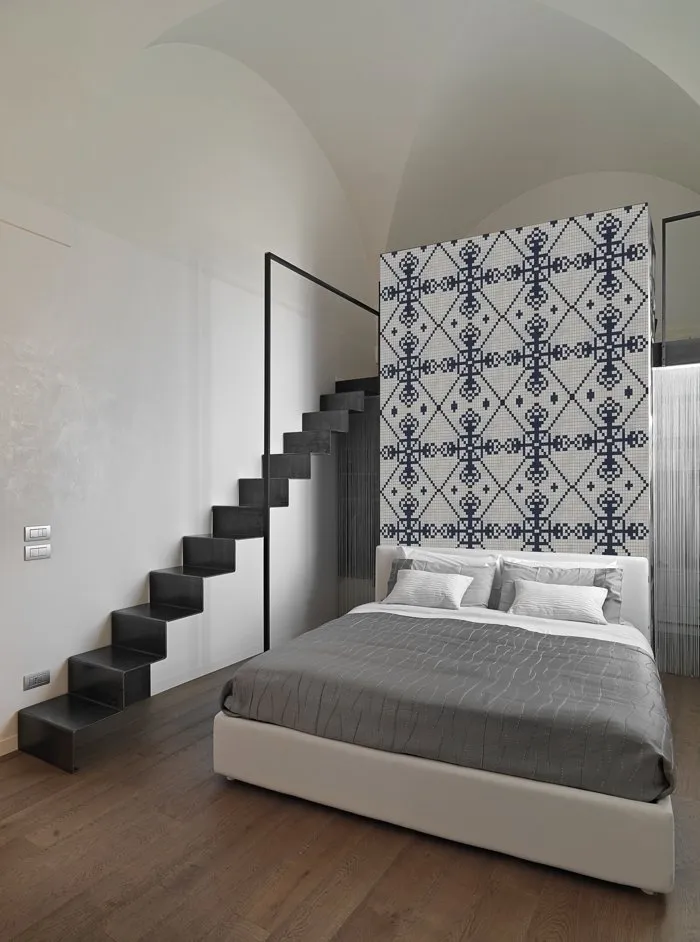
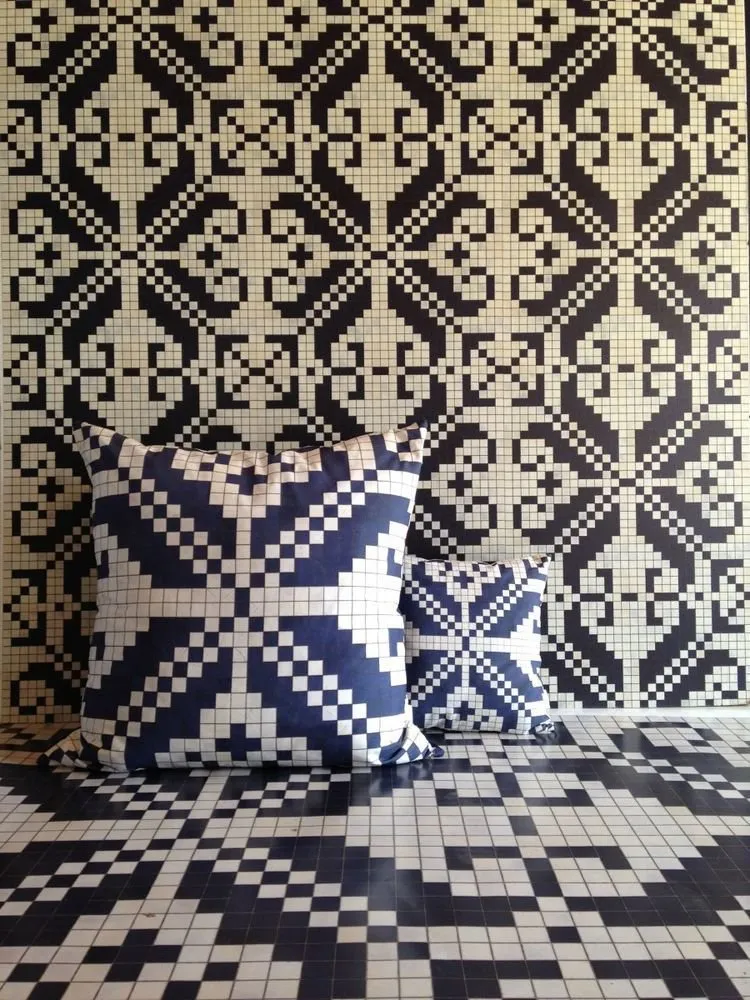
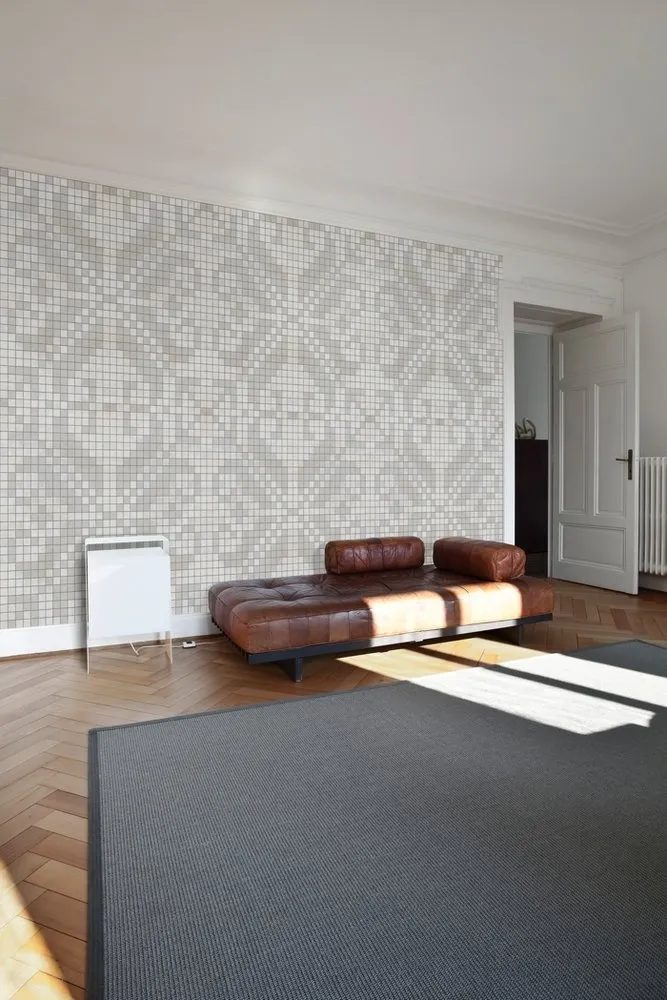
6. The Most Famous Dishwasher Basin Comes From Denmark
In the early 2000s, when most households already had dishwashers, Danish designer Ole Jensen took on the challenge of developing a new concept – a dishwasher basin. Specifically soft, rubbery, and with curled edges. And it immediately gained popularity around the world. Although used rarely for its intended purpose, it is more of a decorative element. For example, chefs at the Museum of Modern Art in New York (MoMA) chill champagne in it.
 Danish designer Ole Jensen designed the famous soft dishwasher basin
Danish designer Ole Jensen designed the famous soft dishwasher basin7. Flat-Pack Furniture Is at Its Peak of Popularity
Functionality and external simplicity, which Danish designers have always placed at the forefront, found their reflection in the Ace collection created by Normann Copenhagen together with young designer Hans Hornemann. The chair, sofa, and footstool are sold in convenient flat boxes that can be brought home, unpacked, and assembled within minutes. They are just as easily transported anywhere if needed. Of course, the use of natural materials was unavoidable again: the frame is made from bent plywood, and for upholstery, they chose wool, velvet, and leather.
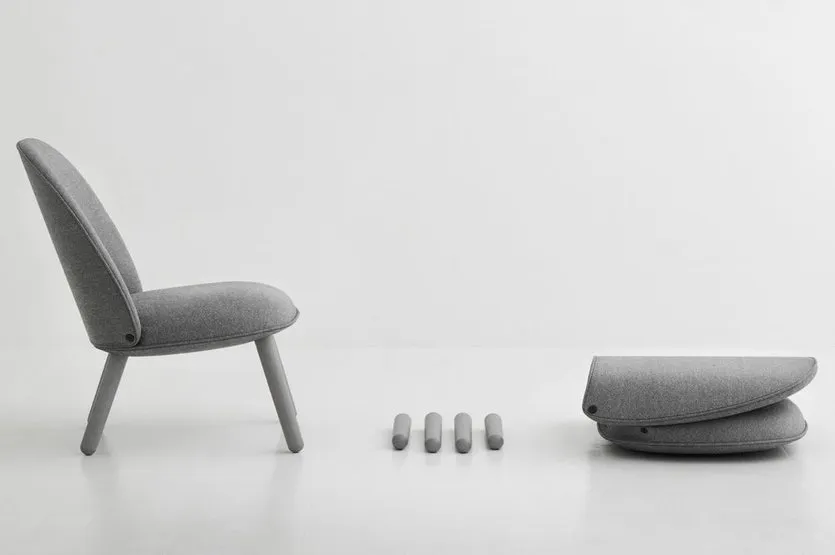 Danish company Normann Copenhagen and designer Hans Hornemann developed a new concept of flat-pack furniture
Danish company Normann Copenhagen and designer Hans Hornemann developed a new concept of flat-pack furniture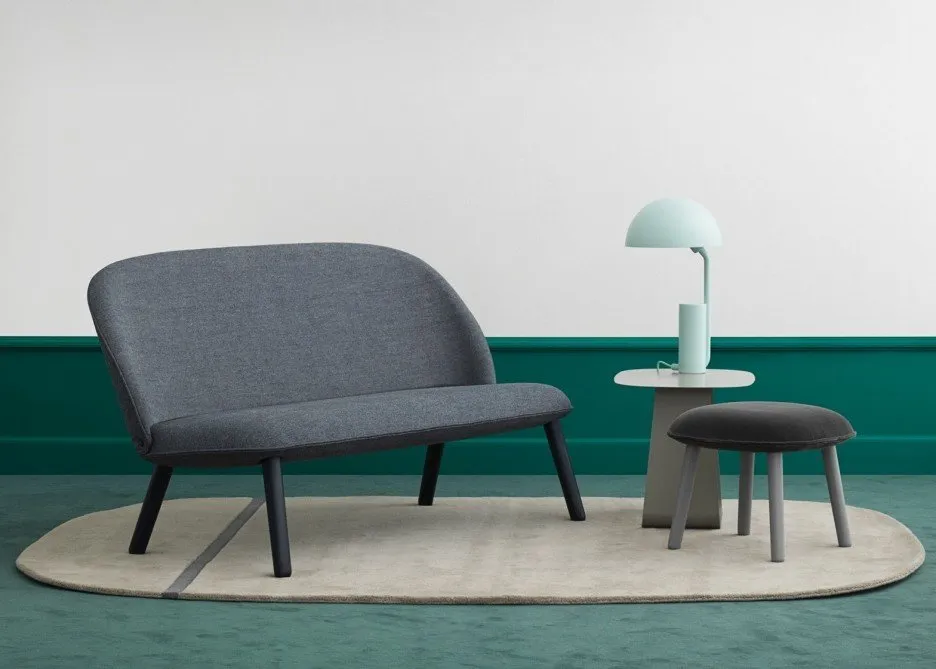
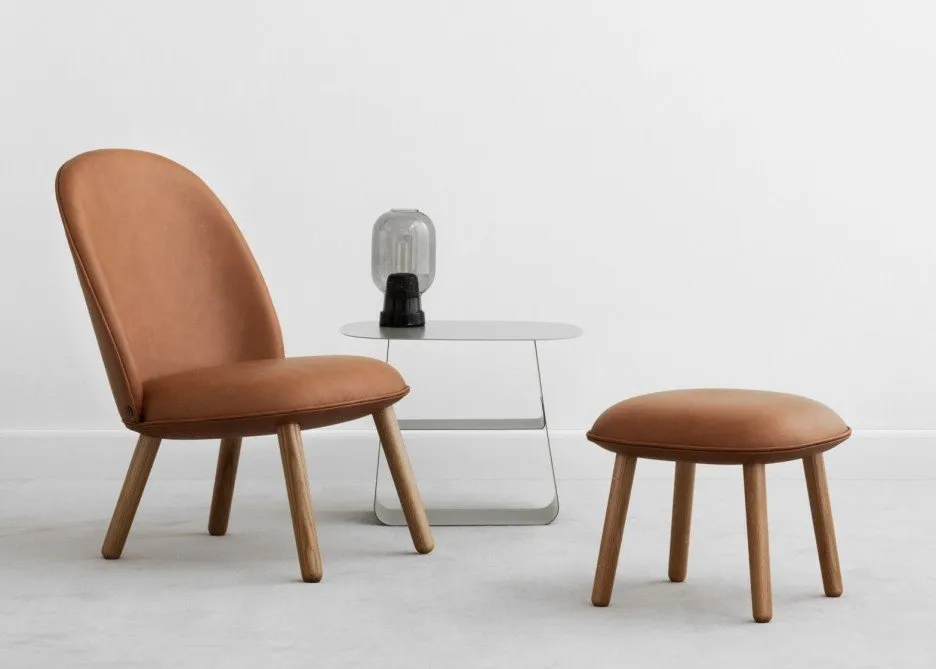
8. The Most Famous Danish Chairs and Stools Are More Than Half a Century Old
Chairs "Drop", "Egg", and "Swan", stools "Ant" and "Series 7" – probably the most famous objects born from Danish design. They are mass-produced and decorate interiors all over the world, offering choices from dozens of colors and upholstery materials. However, they were all created more than half a century ago – Arne Jacobsen, who is considered the founder of Danish design, created all these series between 1955 and 1958.
 Danish designer Arne Jacobsen gained global fame in part due to his furniture designs of the 1950s
Danish designer Arne Jacobsen gained global fame in part due to his furniture designs of the 1950s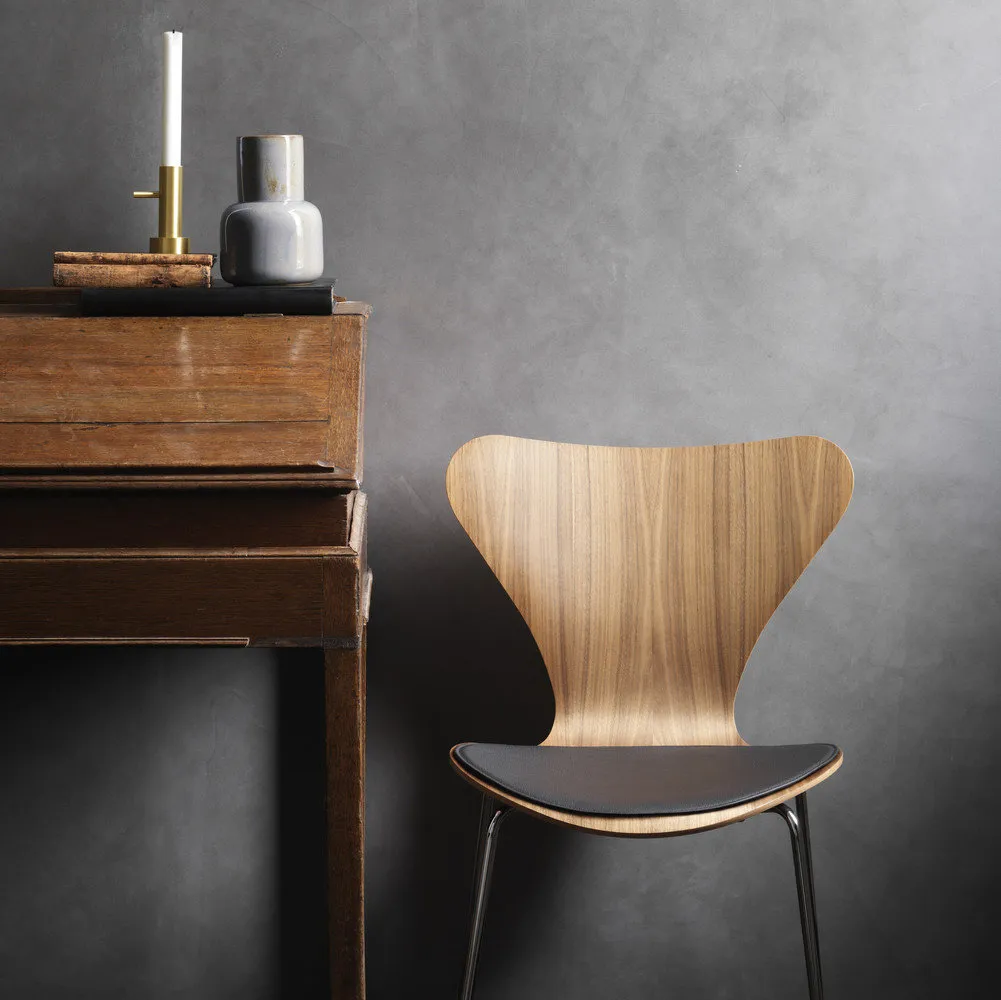

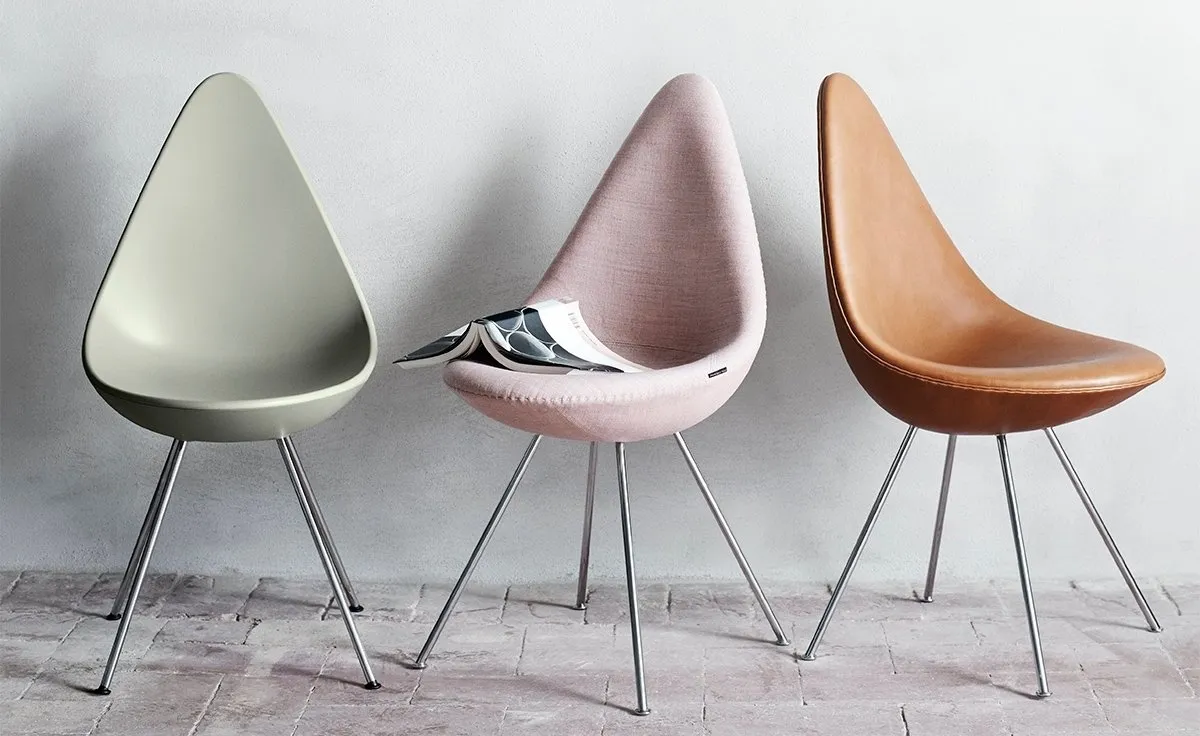
Read also:
- 10 Interesting Facts About Khrushchev Apartments
- 10 Facts About the Profession of Interior Designer
- 12 Facts About Peonies That You Should Know, Not Just Florists
More articles:
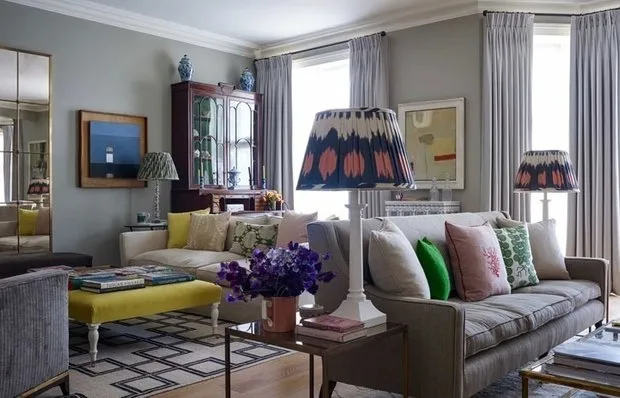 Cozy Apartment in London with Bold Accents
Cozy Apartment in London with Bold Accents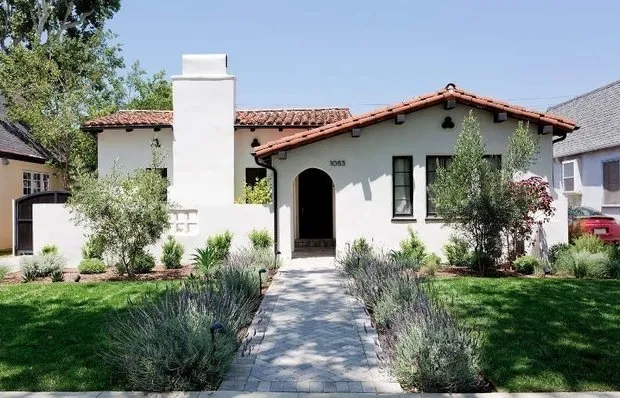 Modern Life in an Old House: Example in Los Angeles
Modern Life in an Old House: Example in Los Angeles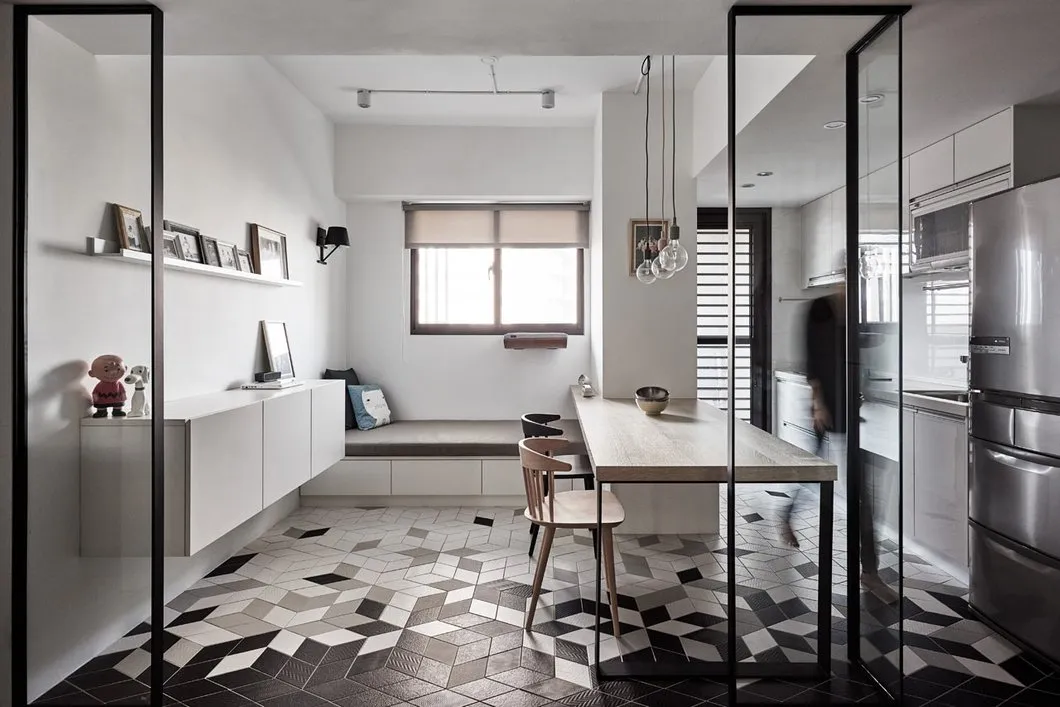 Modern Interior Style
Modern Interior Style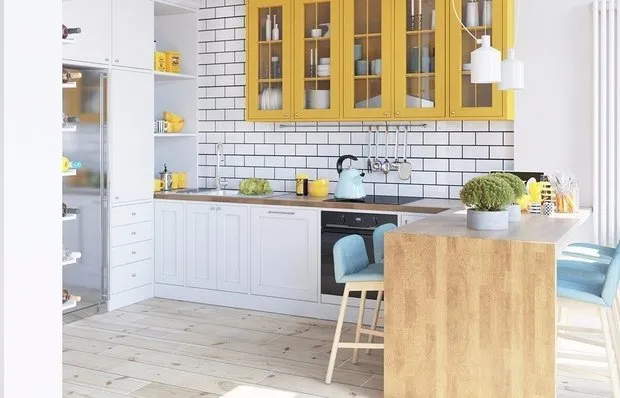 3 Layout Options for Kitchen in Standard Panel Studio Apartment
3 Layout Options for Kitchen in Standard Panel Studio Apartment Redesigning a 2-Room Apartment: 3 Examples
Redesigning a 2-Room Apartment: 3 Examples How to Design a Recreation Area on a Country Plot: 5 Ideas
How to Design a Recreation Area on a Country Plot: 5 Ideas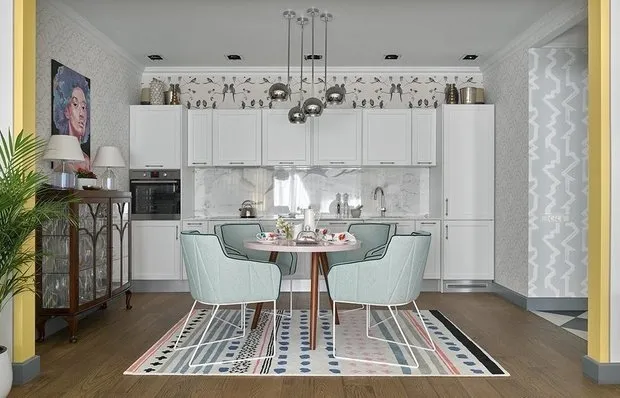 5 Ways to Save Money on Wallpaper: Learning from the Pros
5 Ways to Save Money on Wallpaper: Learning from the Pros Jenia Zhданova Design Rules
Jenia Zhданova Design Rules